This morning’s payroll number was certainly a shocker. It was a great result if you’re employed or looking for a job, but far less so if you’re concerned about the Federal Reserve’s policymaking.
Private payrolls in July rose by 471,000 (471k), vs. a consensus estimate of 230k. June was revised higher by 26k as well. Average hourly earnings rose by 5.2%, above the consensus of 4.9% and above last month’s 5.1% reading (which was also revised higher to 5.2%). The unemployment rate shrunk to 3.5%, a level not seen since prior to Covid. The one tiny blemish was a 0.1% drop in the participation rate to 62.1%.
If you held out hopes that a softer labor market would alleviate some of the Fed’s rate hiking resolve, those should be dashed. Fed Funds Futures are now fully pricing in a 70% chance of a 75 basis point (bp) hike at the September 21st FOMC meeting. That probability was about 25% on Monday, before the parade of Fed talking heads walking back Chair Powell’s “neutral” comment, and it was about 35% yesterday. Treasury yields in the 2-10 year sector are up over 15bp, with the 2-10 inversion (2 year yields – 10 year yields) now at 40bp – a level not seen in over 20 years.
It would be unfair if I singled out the stock market for becoming too optimistic when Powell uttered the word “neutral” at last week’s press conference. 2-Year yields had plunged from about 3.08% just before the FOMC announcement to about 2.82% before SF Fed Chair Daly made her comments on Tuesday morning. The difference is that bond traders have quickly recognized that high inflation and a strong labor market have rendered the “we’re at neutral” idea moot. The 2-Year yield is now at 3.25%. It’s not the 3.43% we saw in mid-June, but a stunning rise nonetheless.
Stocks rallied after bond yields peaked in mid-June, and rightfully so. But this week as bond prices plunged, stocks have yawned. As I write this, the S&P 500 (SPX) is exactly unchanged from Monday’s close. Consider that for a moment. 2-Year yields are up over 40bp in a four-day stretch where stocks had risen, only to fall back today to levels not seen since… Monday.
But animal spirits are back in the stock market, baby. You can’t have a stock rise from $7.80 to $2,555.30 without at least some animal spirits (or major mojo) in play. OK, AMTD Digital (HKD) was an extreme case, but investors’ positive reactions to earnings both good and mediocre, and relative lack of willingness to harshly punish all but the worst earnings misses, show that the stock market is in a positive mood even in the face of bond market gloom.
We know that stocks and bonds can diverge, even for long periods of time. But in this case their motivations are aligned. Neither wants to see high inflation, and both want relative accommodation from the Fed. Inflation-fearing bonds are obviously a bit more wary of the possibility that a blithe Fed could falter in the inflationary fight, whereas stock traders tend to be liquidity junkies perpetually in search of their next fix from the Fed. But the bond market is telling stock traders, pretty much screaming in their faces, that the Fed will not be riding to the rescue anytime soon.
Sadly, stock markets have a history of missing those warnings. Anyone with a sense of market history (or enough of a geezer to have been trading then), knows that the year 2000 was a difficult one for equity markets. The tech bubble, inflated for years by the promise of internet riches and at the end by Fed accommodation ahead of Y2K fears, came to a crashing halt when the Fed began to withdraw the additional Y2K funds. But it is important to remember that after a last gasp higher in March 2000 that was quickly obliterated within a month, SPX had crept back very close to all-time highs by August of that year. The NASDAQ 100 (NDX), while further off its highs, had also bounced nicely:
Daily Chart, SPX (blue/white), NDX (red), from January 1, 2000 to August 1, 2000

Source: Bloomberg
Of course when we look to see what happened next, the picture is much uglier:
Daily Chart, SPX (blue/white), NDX (red), from January 1, 2000 to August 1, 2001
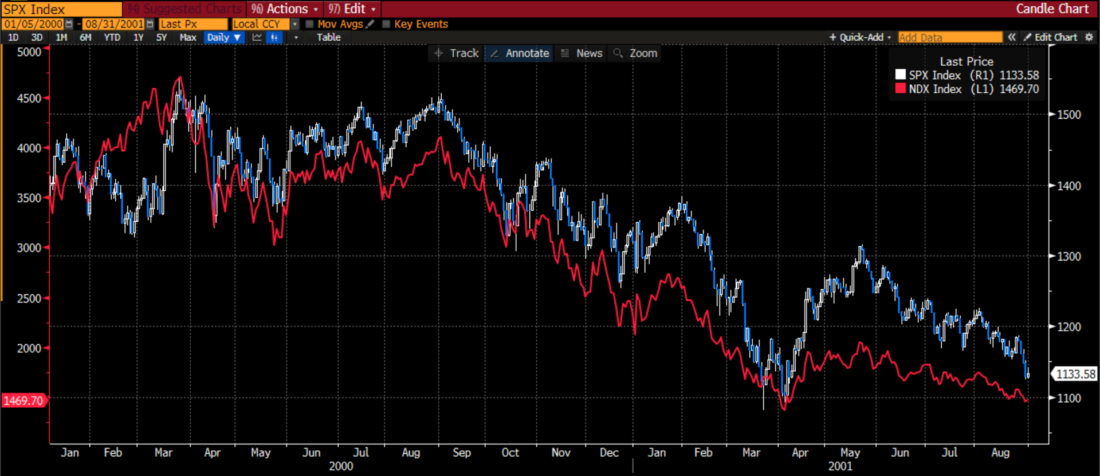
Source: Bloomberg
In that period, the Fed told us that they would be raising rates and the bond market signaled loudly that a recession could be imminent. Does this at all seem familiar to you?
But if you think that history rhymes, if not repeats, let’s look back to the last time when the Fed was relentless about reducing liquidity. We see both SPX and NDX reaching their peaks in late 2007. By early 2008, we saw cracks beginning to show, highlighted by the bankruptcy of Bear Stearns in early 2008. Yet by May, both indices had recouped a large percentage of their losses, only to be subsumed by the Global Financial Crisis that would reach a crescendo later that year[i]:
Daily Chart, SPX (blue/white), NDX (red), from October 1, 2007 to August 5, 2009

Source: Bloomberg
These do not offer wonderful precedents for market rallies in the face of clearly changing economic conditions. Face it, the Fed isn’t going to be offering a lift to equities via a liquidity pump. Heck, it’s only barely begun quantitative tightening (QT).
To be fair, I do not currently expect disasters of the 2000 and 2008 magnitudes. That would be irresponsible without greater proof. But the key point is that if stock traders could ignore the blaring warning signs for months ahead of two major recent crises, we should carefully consider the risks of doing so once again.
[i] This is a topic I discussed at length with my guest Bob Lang of Explosive Options in our recent podcast “Keeping Your Options Open (Before You Close Them)”
Disclosure: Interactive Brokers
The analysis in this material is provided for information only and is not and should not be construed as an offer to sell or the solicitation of an offer to buy any security. To the extent that this material discusses general market activity, industry or sector trends or other broad-based economic or political conditions, it should not be construed as research or investment advice. To the extent that it includes references to specific securities, commodities, currencies, or other instruments, those references do not constitute a recommendation by IBKR to buy, sell or hold such investments. This material does not and is not intended to take into account the particular financial conditions, investment objectives or requirements of individual customers. Before acting on this material, you should consider whether it is suitable for your particular circumstances and, as necessary, seek professional advice.
The views and opinions expressed herein are those of the author and do not necessarily reflect the views of Interactive Brokers, its affiliates, or its employees.

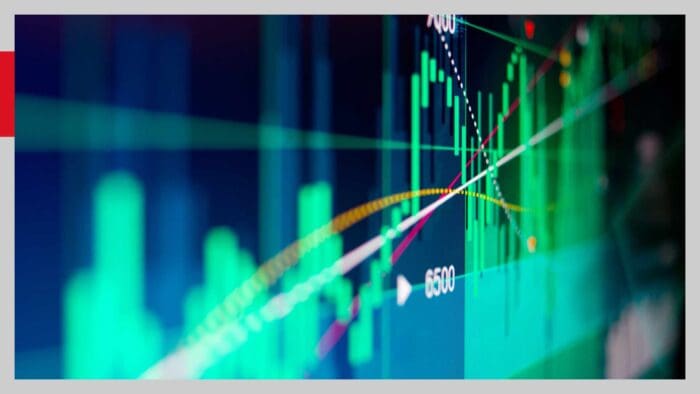
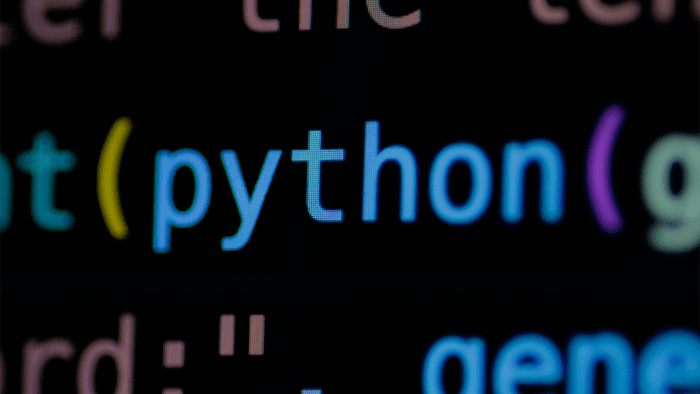
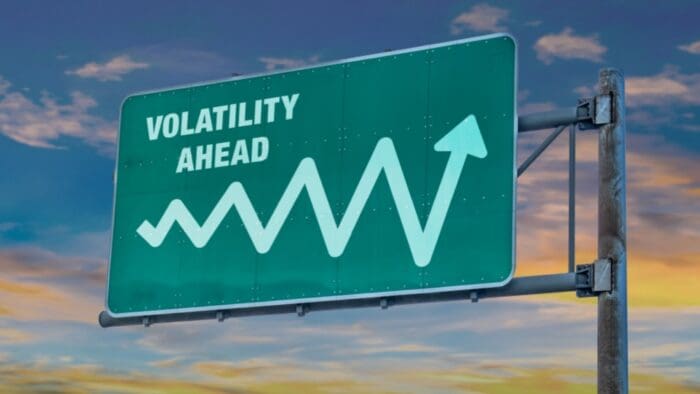


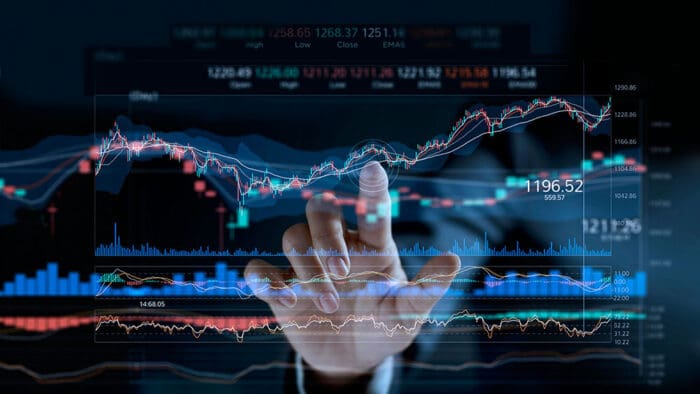

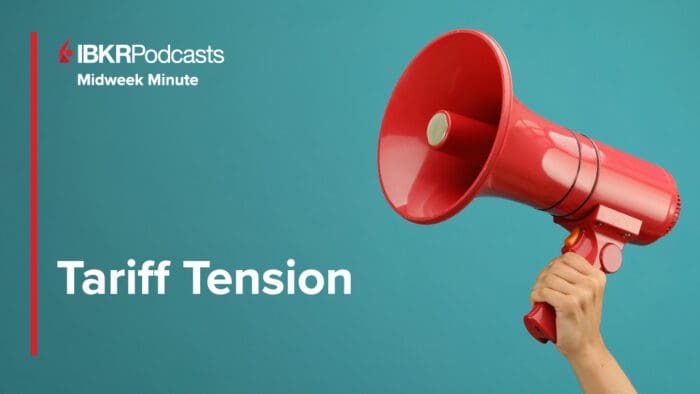
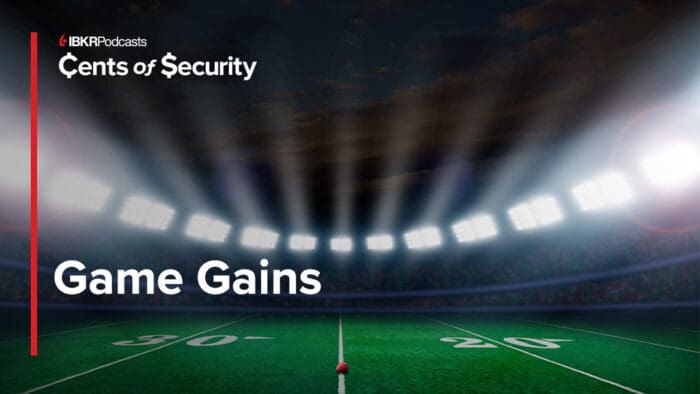






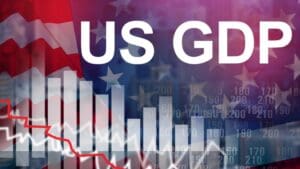


Join The Conversation
For specific platform feedback and suggestions, please submit it directly to our team using these instructions.
If you have an account-specific question or concern, please reach out to Client Services.
We encourage you to look through our FAQs before posting. Your question may already be covered!